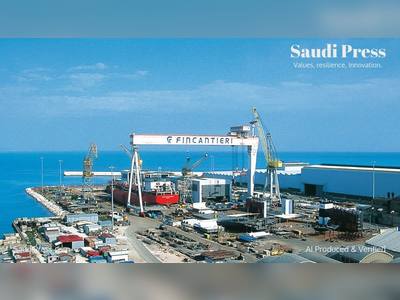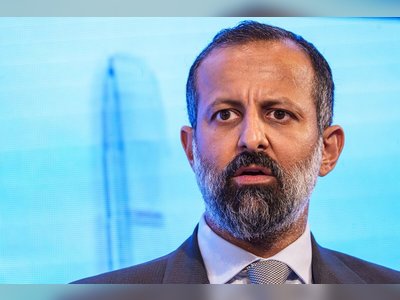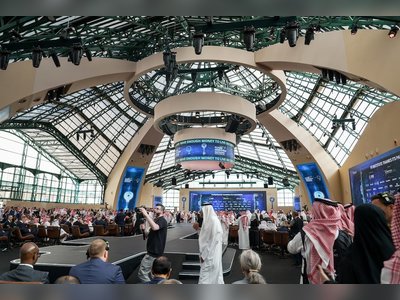Saudi Arabia’s Economy Expands Five Percent in Third Quarter Amid Oil Output Surge
Saudi Arabia’s economy grew by 5.0 per cent year-on-year in the third quarter of 2025, according to preliminary data released by the country’s statistics authority. The expansion was driven by an 8.2 per cent increase in oil-related activities, while non-oil sectors grew by 4.5 per cent and government services by 1.8 per cent.
On a seasonally adjusted quarterly basis, real gross domestic product rose by 1.4 per cent, reflecting a 3.1 per cent quarter-on-quarter gain in oil activities and 0.6 per cent in non-oil output. The resurgence in hydrocarbons follows the easing of output cuts by the Organization of the Petroleum Exporting Countries plus (OPEC+), of which Saudi Arabia is a key member.
The Saudi Ministry of Finance has forecast full-year growth of 4.4 per cent for 2025, up from approximately 2 per cent last year. The International Monetary Fund (IMF) has likewise raised its projection to around 4 per cent, citing higher oil output and improved global demand.
These results occur against the backdrop of the kingdom’s ambitious economic transformation agenda, led by Crown Prince Mohammed bin Salman, under the Vision 2030 strategy. The initiative aims to expand non-oil activity, enhance private-sector participation and reduce dependency on hydrocarbons. According to recent fiscal data, non-oil revenues have already risen markedly, accounting for nearly half of total government income in 2025.
While the headline growth figure is encouraging, analysts caution that the stronger performance remains heavily oil-dependent. With non-oil output growth slowing and quarterly non-oil gains muted, the path to a truly diversified economy remains narrow. Nonetheless, the Q3 performance marks a step forward in the kingdom’s long-term restructuring journey as it seeks to anchor growth in broader sectors beyond energy.










